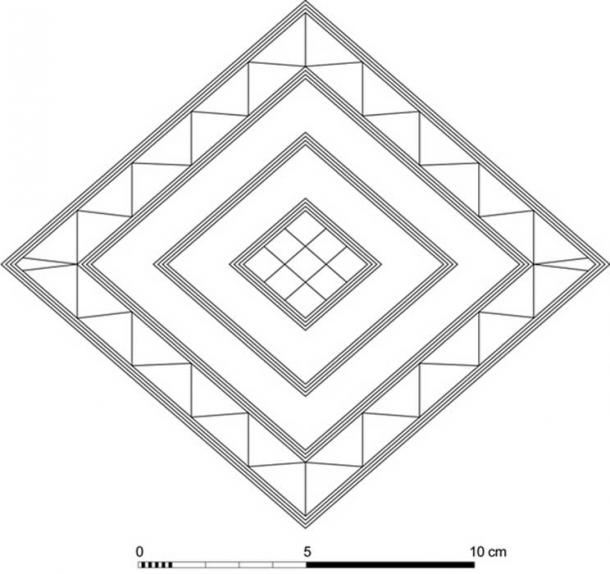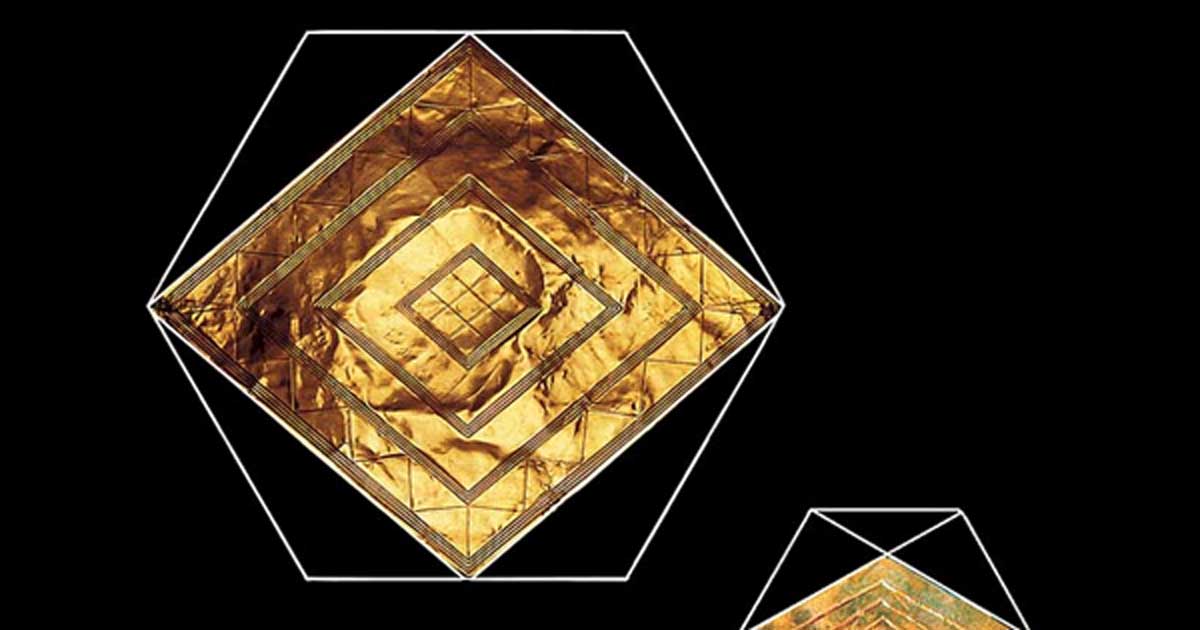Are There Hidden Depths to the Golden Lozenge of Stonehenge?
Stonehenge, the prehistoric monument in Wiltshire, England is famous throughout the world and it remains today a place of extreme reverence. The monument is constructed from huge megalithic stones, some standing, some stacked upon one another and all many millennia old. The stones circle is world renown and it is an iconic image. A less well-known discovery from the iconic site is the spectacular and mysterious golden lozenge artifact which was found in the grave of what is supposed an ancient chieftain or high priest near the circle. Could his grave goods have some astronomical significance?
Ancient King
The find is not so recent, as it was made in 1808 by an early British archaeologist called William Cunnington. What Cunnington found was a rich hoard of artifacts that have been dubbed the crown jewels of the 'King of Stonehenge'. Could it make sense that there was a King connected to the ancient stones? Well, in fact, the find was made at a large Bronze Age burial mound just half a mile (800 meters) from Stonehenge, known today as Bush Barrow. But the burial is close enough to the circle and within the wider complex to believe there could be no coincidence in its positioning.
- Ancient Astronomers Developed First Known Writing
- Was Orion the Heavenly Overlord of Stonehenge?
- Stonehenge and Nearby Stone Circles Were Newcomers to Landscape worked by Ice Age hunters

Gold lozenge, gold belt buckle, copper dagger. Bronze Age grave goods from Wilsford G5, Bush Barrow. Now in the Wiltshire Museum, Devizes. (Public Domain)
At the time, Cunnington wrote to his superior archaeologist, Sir Richard Colt Hoare, "We found the skeleton of a stout and tall man. On approaching the breast of the skeleton, we found immediately on the breast bone a fine plate of gold. This article in the form of a lozenge was fixed to a thin piece of wood, over the edges of which the gold was wrapped." There was a large golden belt-hook lying by his waist, which was decorated with delicate impressed linear lines, as well as another smaller diamond shaped lozenge.
The Intrigue
The find is significant in several aspects. First, to find such old burial remains in place and not looted is extraordinary. The burial is around the 4000-year-old mark and Bronze age gold doesn’t come around so often.
Secondly, the decoration (if indeed that is what it is) found on the golden lozenge is rare if not unique in this period. It consists of impressed lines in a pattern that indicates knowledge of geometry that would be considered advanced and even ahead of the times. The precision design has been assessed by some as being produced by repeating hexagons within a series of three concentric circles, utilizing a repeated 60 degree angle.

Gold lozenge. One of the grave goods from Wilsford G5, Bush Barrow. (Public Domain)
Other analysts have detailed a possible astronomical dimension to the pattern of angles. If these analyses are correct a sophisticated knowledge of mathematics and geometry is displayed. This, combined with the skills to use such knowledge in a practical way, is somewhat unexpected for the time. David Dawson, director of Wiltshire Museum, describes the craftsmanship as "the work of the gods".
A third importance of the finding of this piece, taking the possible implications of its remarkable design and manufacture into account, is whether this indicates some purposeful function for the piece. Is it just an objet d’art or does it have some practical application?

The golden lozenge was found within the Stonehenge Environs. Photo source: April Holloway
A Useful Piece?
Even though the purpose of the golden lozenge remains unresolved there are the inevitable theories. Some are convinced it was an astronomical instrument which, due to the vicinity it was found, would logically be connected with the great stone circle. It is possible that this small object is a plan of a larger phenomenon and somehow relates to Stonehenge or the wider universe. The astronomer Gerald Hawkins devised a theory that Stonehenge itself was used as a huge astronomical structure that could accurately measure solar and lunar movements, as well as eclipses. Another researcher, Dr Derek Cunningham, proposes that the geometrical structure of the lines is a form of astronomical writing . This theory suggests that because the earliest astronomers did not have an alphabetical system to work with, they simply did the next best thing and that was to write down their astronomical values as angles. The pattern on the lozenge is then related to the astronomical writing and to some extent tested.

Design of the the Bush Barrow Lozenge (British Bronze Age) (Public Domain)
"The Bush Barrow Lozenge is clearly consistent with the pattern being an archaic form of writing, with the lines representing, through the use of angles, the astronomical values central to the measurement of time and the prediction of eclipses," said Dr Cunningham.
Although it might well be consistent with, this does not mean it is truly what the lozenge represents. It could be that the skills of an exceptional Bronze Age metal-worker were put to use simply to produce items of beauty that were fit for an individual of obvious high status. King or Priest, astronomer or architect, the debate continues.
Top image: The two lozenges found at the Bronze Age burial site Bush Barrow (CC BY-SA 3.0)


















Comments
The large lozenge was lying on the sternum is for the simple answer... It is a breastplate (pendant) attached to the clothing ( chains not invented yet?). I see small holes in the corners?
A very informative article and summary and the photos are remarkable.
Lewis Hales
Hi April…
Just thought you’d like to know the latest data now seems to suggest the linear text on the Stonehenge Lozenge is the Babel text mentioned in Genesis.
Best
Dr. Derek Cunningham
Author of:
The Map that Talked - How astronomy was used to map the ancient world
The Babel Texts - Decoding the early text of the Stone Age
Scotland and Shakespeare's Third Prophecy - Recovering Scotland's Forgotten past